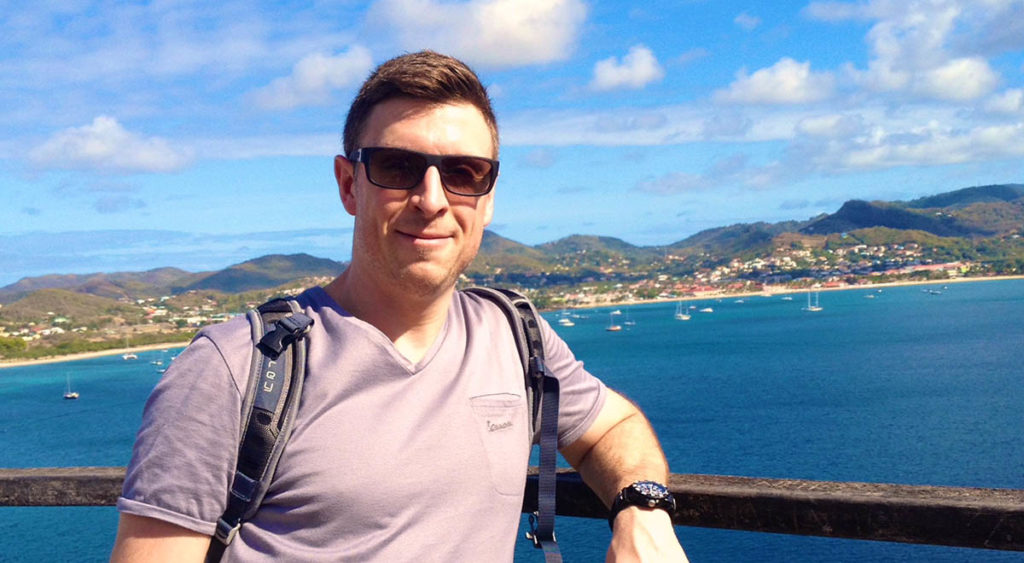A nearly $40,000 TFSA all-in on Canadian dividend stocks
Experts warn he needs to rethink diversification
Advertisement
Experts warn he needs to rethink diversification

| Stock | Ticker | Amount |
|---|---|---|
| Altagas | ALA | $2,434.92 |
| Enbridge | ENB | $4,045.86 |
| Emera | EMA | $3,592.16 |
| BCE | BCE | $3,229.00 |
| Fortis | FTS | $2,546.40 |
| Bank of Montreal | BMO | $4,228.80 |
| Bank of Nova Scotia | BNS | $3,011.60 |
| CIBC | CM | $4,901.20 |
| Toronto Dominion Bank | TD | $3,149.20 |
| Royal Bank | RY | $3,093.30 |
| Choice Properties REIT | CHP.UN | $2,445.12 |
| Brookfield Infrastructure Partners | BIP.UN | $2,040.40 |
| Brookfield Renewable Partners | BEP.UN | $1,041.82 |
| Cash | $160.00 | |
| Total | $39,919.78 |
Share this article Share on Facebook Share on Twitter Share on Linkedin Share on Reddit Share on Email